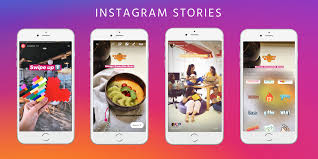
Email marketing is the use of email to promote a company’s products and services or to connect with the customers. When it’s done well, email marketing is an effective sales driver. When it’s done wrong, email marketing can come across as spam that annoys customers. The best marketing emails are optimized for mobile devices; respect the customers, and followers.
Email marketing is the use of email to promote products or services while developing relationships with potential customers or clients. It is essentially direct mail done electronically instead of through the postal service.
Anytime a company sends out an email, aside from order confirmations and direct responses to customer questions, it could be considered a form of email marketing. Email marketing is one segment of internet marketing which encompasses online marketing via websites, social media, blogs, and more.
Email marketing can include newsletters with updates on the company, or promotions of sales and exclusive deals for subscribers. Marketing emails may also seek to share a general message on the company’s behalf, such as in the wake of a natural disaster or company scandal.
At its best, email marketing allows businesses to keep their customers informed and tailor their marketing messages to their audience. At its worst, this kind of marketing can drive customers away with persistently annoying spam emails.

How Email Marketing Works
It’s easy to set up and track an email marketing campaign, which makes it accessible for small businesses. You can add a newsletter sign-up option to your website, for instance. As people sign up, you can send newsletters to a growing audience. You can also direct customers to the newsletter from your social media profiles.
Why Email Marketing is a No-Brainer for Small Businesses
You may be wondering why consumers prefer receiving updates from brands through email. Here are just a few reasons why we think email marketing works so well with the modern consumer:
It’s convenient: With access to email right on their smartphone, most consumers find this type of communication very convenient. Not only can consumers stay connected with their favorite brands wherever they are, but they can easily redeem any coupon codes or other special offers right from their phone.
It’s personal: With this, today’s consumer is bombarded with marketing messages, and they tend to respond best to marketing strategy, you can personalize your messages and content based on the subscribers preferences and buying patterns. Email segmentation makes it easy to deliver the most relevant offers and content to the consumer.
It’s instant: Consumers like the ability to get information about exclusive offers and last minute deals. Sending email campaigns allows your small business to instantly and directly get the word out about these sales and promotions so that your consumers can take advantage of the opportunity to save.




